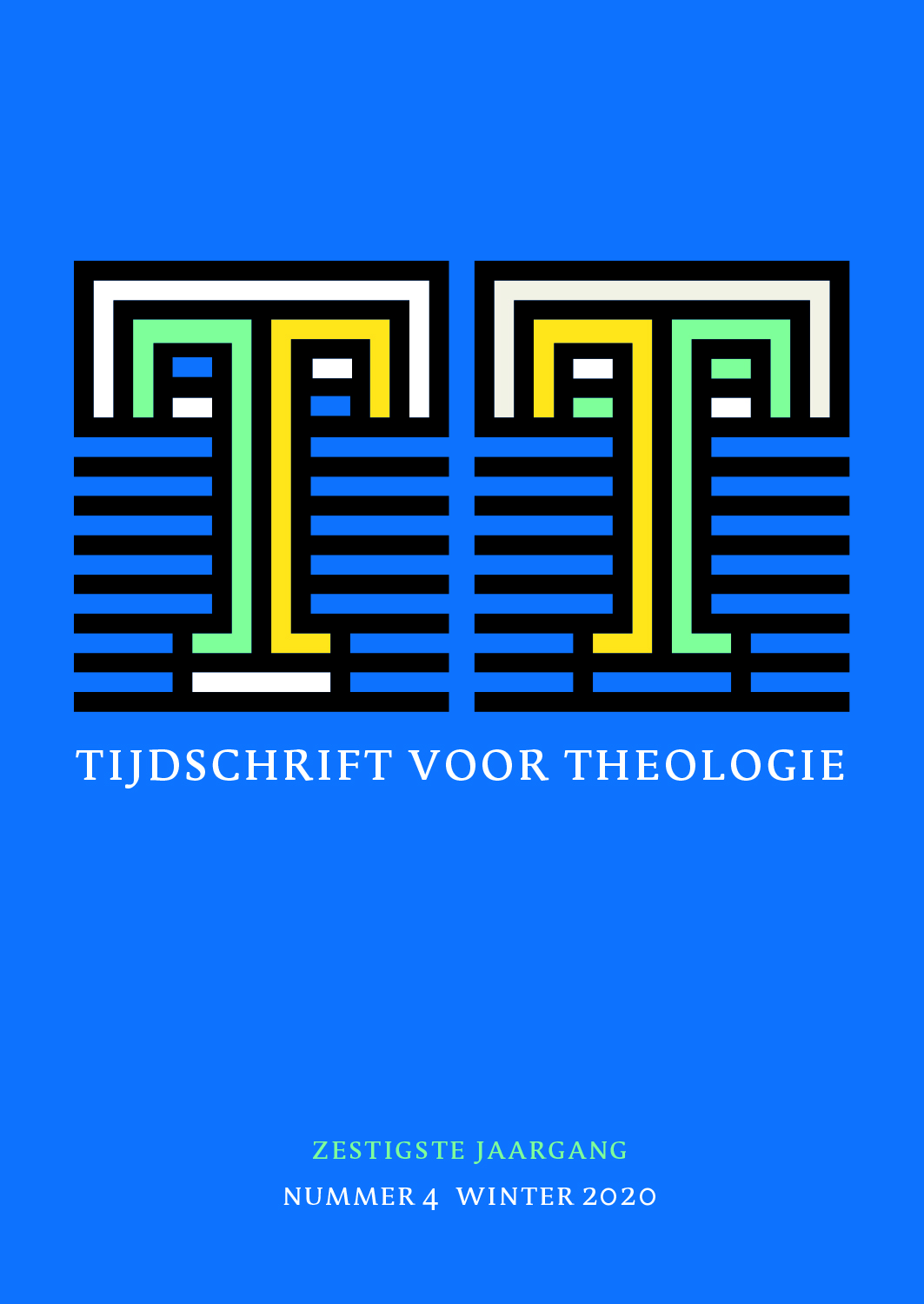 previous article in this issue previous article in this issue | next article in this issue  |

|
Document Details : Title: Onrust die vrede geeft Subtitle: Het religieuze leven als gehoorzaamheid Author(s): BORGMAN, Erik Journal: Tijdschrift voor Theologie Volume: 55 Issue: 1 Date: 2015 Pages: 37-58 DOI: 10.2143/TVT.55.1.3197426 Abstract : Het religieuze leven binnen de Rooms-Katholieke Kerk krijgt vanouds vorm in orden en wordt gestructureerd door regels en constituties die het dagelijks leven soms rigoureus ordenen. Maar toen paus Franciscus toelichtte waarom hij 2015 uitriep tot ‘jaar van het religieuze leven’, wees hij op het ontregelende vermogen ervan. Hiermee zette hij een verrassend en belangrijk accent. In een bekend geworden interview met de jezuïet Antonio Spadaro noemde paus Franciscus religieuzen al ‘profeten’. En: ‘Profeet zijn betekent soms ruido veroorzaken, rumoer … of hoe zal ik het zeggen … profetie doet stof opwaaien, maakt lawaai, iemand zou zelfs kunnen zeggen: «het richt een zootje aan»’. In een bijeenkomst met de algemene oversten van religieuze instituten aan het begin van het jaar van het religieuze leven antwoordde de paus op de vraag wat hij van de religieuzen verwacht: ‘Schud de wereld wakker! Wees getuigen van een andere manier van doen, van handelen, van leven! Het is mogelijk om anders te leven in deze wereld’. When he proclaimed ‘the year of the consecrated life’, pope Francis presented the life of the religious as something disrupting and prophetic. This article explores what it means to live life, as the pope proposes, with unrest as peace, and to open oneself up to the disquieting voice of God in our current society. First, reflections by Peter Sloterdijk and Alisdair MacIntyre are used to illustrate that religious life is ultimately not a structuring of life, as is often suggested nowadays, but that instead it is focused on an openness towards the chaos, hoping to find an order in it, offered by God. Next, it outlines the development of the image of the religious life in the documents of the teaching authority of the Roman Catholic Church. Its prophetic meaning for the church as a whole has become increasingly central. Pope Francis concurs with this by presenting religious life as the prophetic solidarity with the periphery, following in the footsteps of Jesus who also sought out the periphery. It is a tradition dating back to the medieval mendicant movement and continued by Ignatius of Loyola, the founder of the Jesuit Order. The pope’s vision is linked to reflections on religious life by Johann Baptist Metz and Tiemo Rainer Peters as a passion for God and an expression of the longing for God, and reflections by Michel De Certeau on religious life as the irreducible longing for the presence of he who, by his absence, causes this longing and is therefore present in it. Analyses of modernity as the disciplining and subjugation to what Antonio Negri and Michael Hardt call Empire, leads to the specific question regarding the possibility of freedom. Franz Hinkelammert localizes this possibility in the necessity to fight for self-preservation against the effects of the Empire and to lovingly unite with others who also suffer. The creative power of love that thus arises, can theologically be understood as a manifestation of the redemption that began in Jesus Christ, but has yet to be fully realized. The example of the so-called New Monasticism-movement shows, it is argued, how this can lead to a concrete religious life. The conclusion is that religious life shows that from a Christian point of view, freedom takes the form of obedience to the dedication required in situations of exile. |
|
